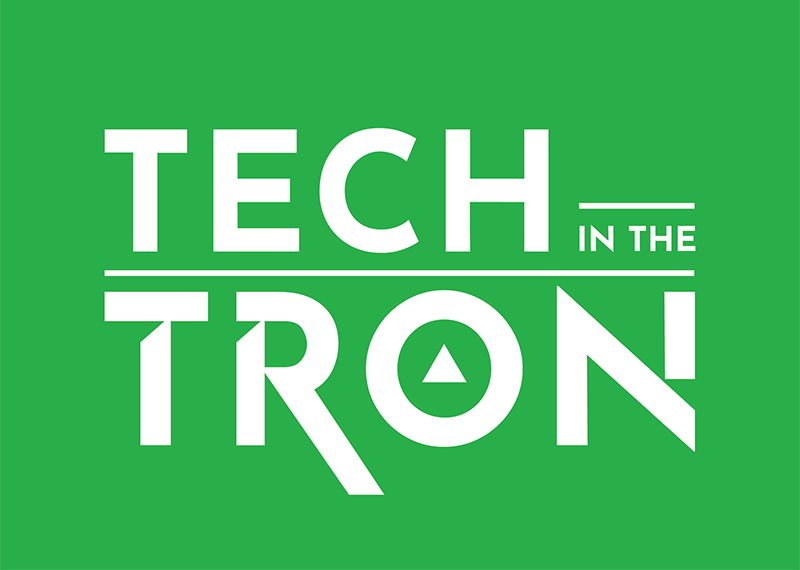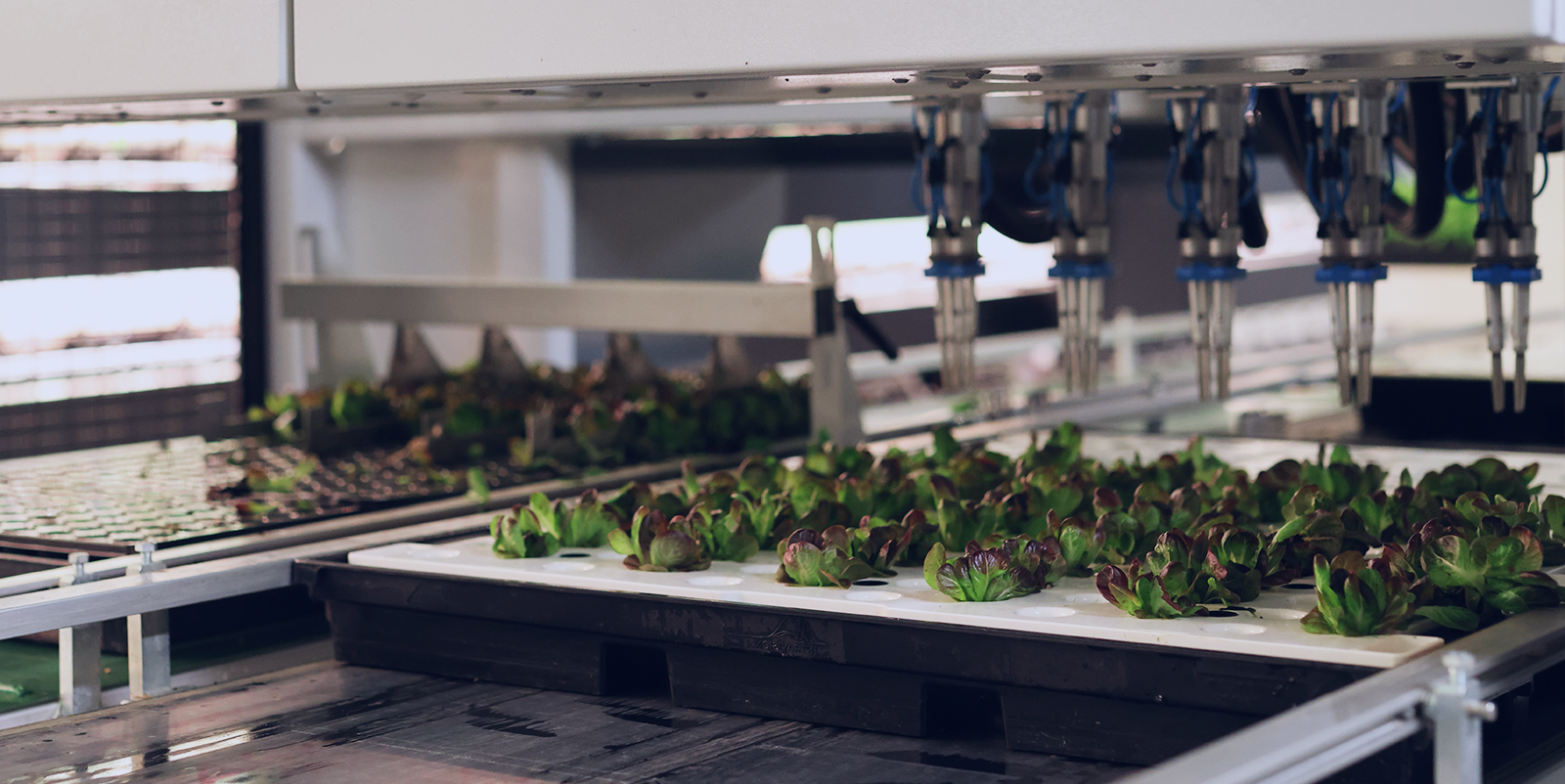A high-tech harvest
In a world grappling with climate change and disruptions to the supply of fresh food, Tom Schuyt and his team found an innovative solution.
Operating from its 6200m2 Hamilton facility at Waikato Innovation Park, Greengrower uses new technology and a sustainable approach to produce vertical stacks of lettuce, kale, rocket, herbs and microgreens, indoors.
The result: around 4000 bags of leafy greens supplied to supermarkets across the North Island. All using a fraction of the land and half the time it would take to grow outdoors.
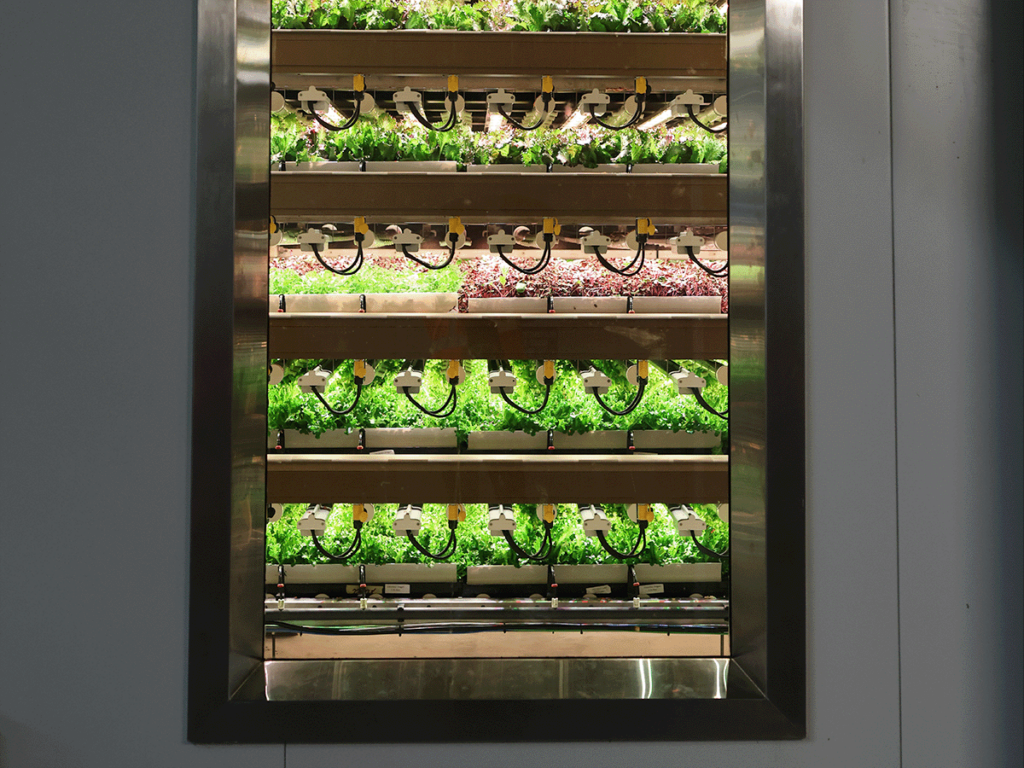
From vision to reality
Tom identified the opportunity for Greengrower after noticing traditional growers were facing challenges in producing enough fresh produce to supply the New Zealand market throughout the year.
He saw the operation as a way to work alongside traditional farmers to deliver consistency to the market. So, in 2017 he founded the company with his dad, Peter Schuyt. They spent the next 5 years understanding and importing the technology required to drive the system.
“This was our biggest challenge, but we’ve been fortunate to have strong tech partners, as well as design and construction partners to get us across the line.”
In December 2022, Greengrower’s team of engineers, agri experts, project managers and research and development experts celebrated as production in their first growing tunnel began.
Things got brighter still when in March 2023 they received a $3.5 million government grant, as part of the Ministry of Primary Industries’ Sustainable Food and Fibres Futures programme, to support ongoing research and development into sustainability in food and fibre production.
“The grant will allow us to carry out research to enhance the viability of controlled environment farming, expand the varieties of produce grown, and support the extension of knowledge in this area,” says Tom.
Sustainability: Less in, more out
More than a space-saver, this technology and approach offer a glimpse into the future of New Zealand farming, where water usage is 95% less than conventional horticulture and electricity comes from renewable sources.
“We only need a small amount of water because we use it in a precise and careful way. We give our produce just the right amount, and only when it’s needed. And the water we do use, we reuse.”
Tom explains that the produce is grown in a fully controlled environment that isn’t impacted by stormy or unseasonal weather.
“It’s given the perfect amount of light, water and care which leads to large, flavourful and nutritious produce, all year round” says Tom.
“We also use less electricity than conventional greenhouses on a per kg of output basis due to being more efficient with how we convert electricity into plant growth.
“Plus, because it’s a controlled environment, we can keep pests and diseases out, so we don’t need to use sprays or pesticides.”

How does it work?
Based on overseas vertical farming methods, Tom and his team adapted the designs for a local setting.
Soil-based solution plugs are sown through an automated process and grown in a nursery before being automatically transported to one of the tunnels, where they reach full maturity.
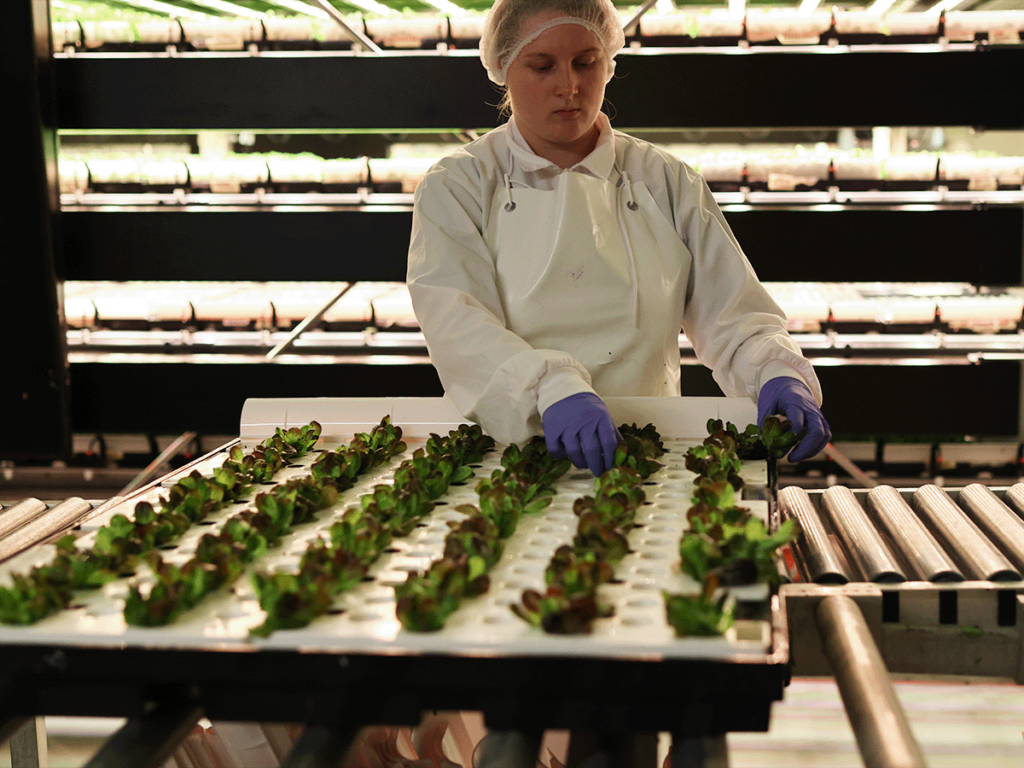
The system runs on a combination of observations by staff agronomists and sensors that monitor the plant’s light and water intake, light absorption and humidity and growth.
“We have control over the process, even though it’s inherently natural – for example, the more mature plants are given periods of darkness, mimicking nighttime, as would occur in the real world,” Tom explains.
Sunlight is replicated using LED lighting, and every tunnel is equipped with a hydroponic watering system, ensuring that the plants are hydrated as needed. And the environment’s humidity and temperature are maintained at steady levels.
Why Hamilton?
Tom saw Hamilton as perfectly situated in a key logistics area with connections to distribute product across the North Island.
“This is particularly important given the role good logistics plays in fresh produce”, says Tom.
“Besides this, nowhere else in New Zealand offers the real benefits of the cross-section of manufacturing, industry, agriculture and technology that Hamilton does.”
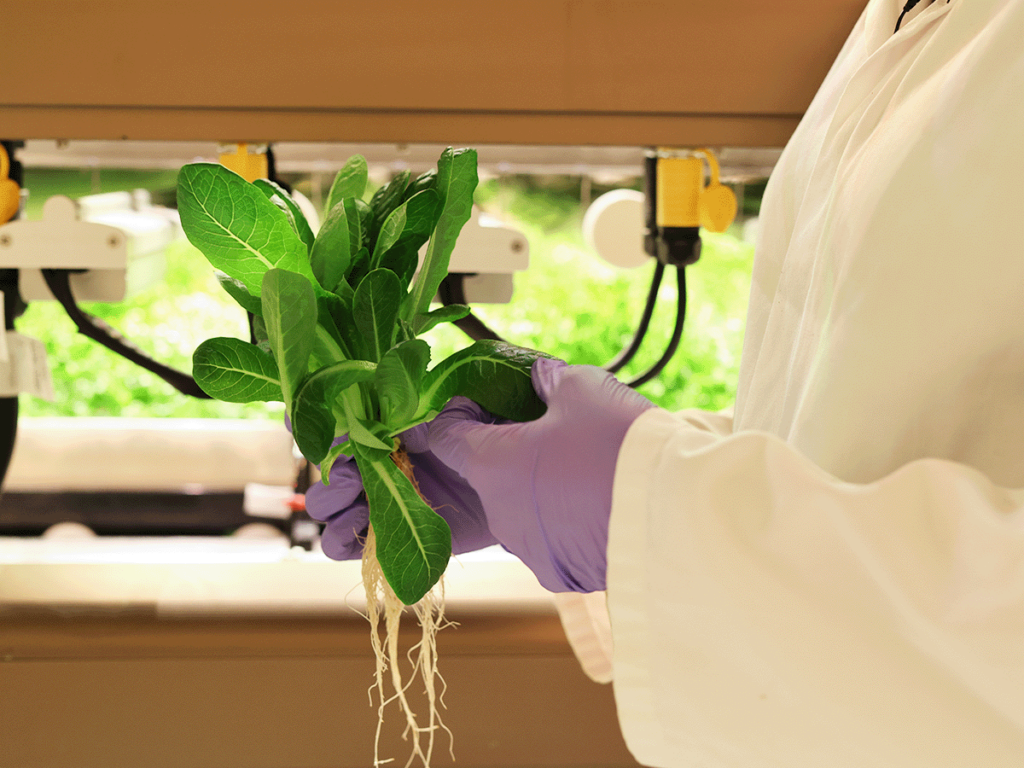
Onwards and upwards
The future looks bright for Tom and the team who plan to keep meeting the demands of the New Zealand market while remaining affordable to the end customer.
“We aim to continue to grow to support a change in food production systems and continue to deliver for consumers all year round.
Research and development will also be a big-ticket item for the team over the next few years.
“We’ll use the government grant to enhance the technology and expand into different produce,” says Tom.
“We also continue to look for the right people…in terms of the tech talent specifically, we see opportunities from engineering, sciences and software developers to support the ongoing improvement and operation of the technology.”
Words by Hannah McCreery
Visuals by Karl Drury
